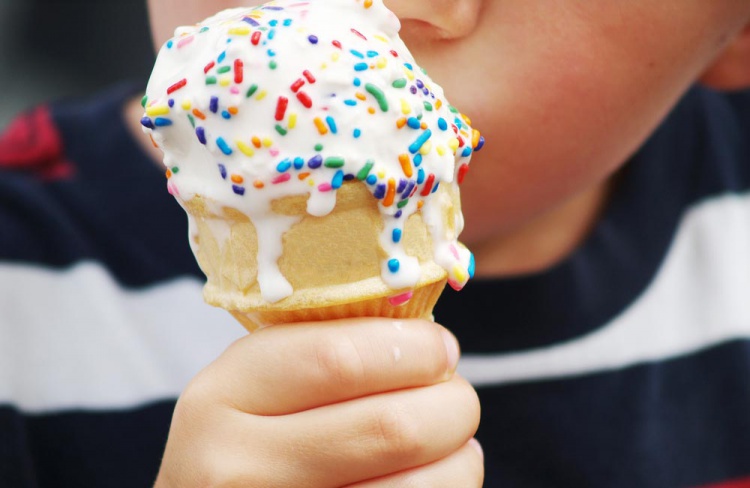
According to the British Retail Consortium, weather has the biggest influence on consumer behaviour after the economy. It affects consumers' emotional state, drives their purchase decisions and dictates how much they are willing to spend. It also affects the food they eat, the clothes they wear, what cars they drive and even what type of house they buy. Weather affects consumers on 3 levels; their purchase method, their mood and their product choice.
On the most basic level, weather affects which channels consumers use to make purchases. For instance, during warm and sunny days, bricks and mortar stores often enjoy more footfall, whereas during periods of inclement weather traffic to online portals can increase. However, much is dependant on seasonality, industry and product.
The second way in which weather influences consumer behaviour is through its effect on mood. Studies show that temperature, humidity, air pressure and especially sunlight can have a huge impact on a consumer's mind frame and therefore by extension, their spending. A US study in 2010 revealed that exposure to sunlight dramatically increased levels of consumption as well as the amount spent per item. Experiments carried out showed consumers would willingly pay 37% more for green tea and 56% more for gym membership after being exposed to sunlight. That's why many retailers use bright halogen lighting in their stores to mimic the effect of sunlight and send us delving for our debit cards (maybe someone should share this info with Hollister..?! #justsaying).
As well as affecting our mood our propensity to spend and our preferred channels of purchase, weather is a critical driver of product demand. The food and drinks, pharmaceutical, and fashion industries are most heavily affected by this phenomenon. Luckily, weather-driven demand can be predicted with unerring accuracy- with identifiable trigger points. For instance, if temperatures reach over 18 degrees in the UK, supermarkets know that there will be a 22% increase in fizzy drinks sales, 20% increase in juices and 90% increase in garden furniture.
As mentioned above our weather can actually influence purchase decisions on high value, high involvement items like cars, houses, high-end fashion apparel and insurance. Holiday bookings have been proven to be inextricably linked to periods of inclement domestic weather, of course, but it turns out that even the weather can influence the value of big purchases like houses, according to a working paper by the National Bureau of Economic Research, which said that Consumers overvalue warm-weather housing characteristic when the weather is warm at the time of purchase. In other words, if you're selling your home at the moment and you're lucky enough to have a swimming pool in the garden then you can bet it won't hang around for long, but, if you're one of the many less-fortunates like us then perhaps you should consider putting some extra effort into weeding the patio and making it look like the perfect BBQ venue!
So what can we conclude from this data? Well to start, high streets and online shopping are both affected, albeit in different ways, by the UK weather. When it's hot, high streets do well and online shopping dips. When it's cold, online searches go up and high streets do poorly. But when looking at specifics of search we can see that online shopping has changing patterns according to weather as well. This is something that all retailers in the UK, both on and offline, will consider when dealing with their customers. So if it's advice on your mortgage choice or life cover options from an independent source that you're after, let us reassure you that we have an ambient temperature of 20 degrees in the office with complimentary bottles of water for as long as this great weather continues, when the rain returns we're available online and if we ever get some snow then what could be better that a piping hot Latte from one of our wonderful Nespresso coffee machines....! Enjoy the sun in the meantime but remember to 'Slip, Slop, Slap' :0)